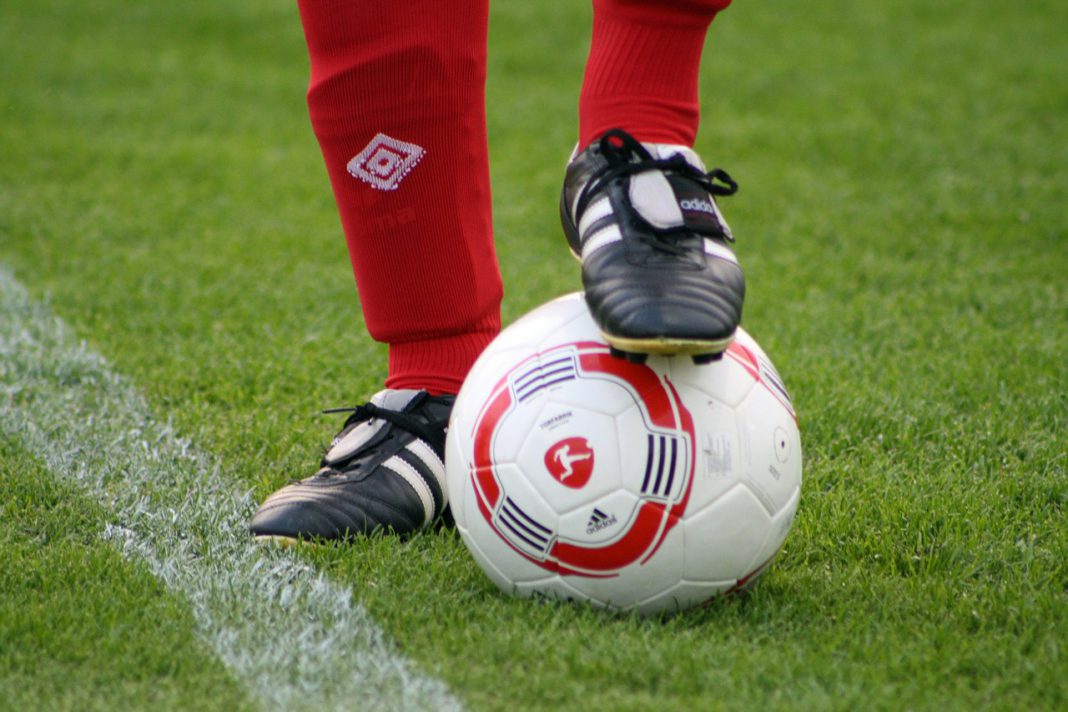Beginning a position as a youth soccer coach can be very demanding and stressful at times. This will serve as a guide on the basics that you will need to know to begin. A good foundation determines success in any job and it important to research all that you can about the job before beginning. Main coaching tips include knowledge about equipment, drills, formations and positions, communication with youth players, and awareness of potential safety concerns.
Equipment
To begin, you will need to think about the equipment that you and your players will need to bring. For games, each player will need to bring their uniform, which includes their jersey, shorts, shin guards, socks, and cleats. There will be someone that forgets a part of their uniform almost every game. Because of this, you will want to bring extra shorts, socks, shin guards, and cleats (of different sizes if possible). If you have extra jerseys, it would be a good idea to bring these as well. If not, most leagues will allow the player to wear a shirt of the same color with tape used to make a number on the back. Bring extra shirts and tape for this and other uses (ex. for players who need to tape their shin guards and/or socks).
Aside from uniform equipment, you will also need to have equipment for drills during practice or game warm-up. This includes cones (various colors ), pinnies (various colors), small nets, soccer balls, ladders, small hurdles, and anything else you might need. You will want to plan your drills and warm-ups ahead of time so you can make sure to bring the proper equipment. One more thing you will want to make sure to always have with you is a medkit. Another coaching tip is to have the players collect the equipment and put it away at the end of drills. They should also be responsible for washing borrowed clothing items. This teaches responsibility and teamwork.
Drills and Skills
There are literally hundreds of drills that you could run with your team. Some of the main categories that these should focus on include individual skills, such as passing, trapping, shooting, dribbling, and heading and team-oriented skills, such as set pieces and various plays. Of course, these are not the only categories you may choose to work on. Analyze each practice and game to see what your team needs to work on the most. One of the most important coaching tips to remember is to always incorporate an element of fun into these drills. This can be done by making them competitive, offering rewards (ex. “If you work really hard on this, we can scrimmage at the end of practice.”), and using a game to work on the skills. You should also have the players engage in team bonding activities throughout the season.
On a side note, please keep in mind that new regulations have been placed on youth soccer in the United States in regards to headers. These regulations are meant to protect players from concussions and other head injuries. Information on these regulations can be found here.

Now, explaining these drills can be difficult at times. What makes sense to you will not necessarily make sense to your players. Some coaching tips to remember here are to always state the name of the drill (if applicable), say which skill the drill is meant to work on, and speak clearly and concisely. Children have a short attention span, so try to explain the drill in as few words as you can. Also, be watching for confused looks. Youth players tend not to ask questions even if are confused.
Aside from a variety of drills, it is also a great idea to have the players try each position on the field, including goalie, especially if they are just starting to play. You will also want to try different formations for the team as well. This refers to the number of people in each position (defense, midfield, offense). There is also no cut off age for when you should stop experimenting. A child’s style of play, skills, and preferences can change from season to season, so always be watching for new opportunities.
Health and Safety Risks
One final tip for coaches, and by far the most important, is to get training on possible risks that you and your players face. Apart from negativity and disagreements between players, health complications are a very real and dangerous possibility with sports in general, but especially contact sports like soccer. You will want to know the signs and symptoms of conditions such as heart complications, concussions, asthma, heat exhaustion, dehydration, broken bones, etc. This is also why it is important to always have a medkit. Obviously you will not be equipped to treat major conditions like these and should call for emergency services, but you will be able to help smaller injuries, such as cuts, scrapes, a bloody nose, jammed finger (common with goalkeepers), etc.







